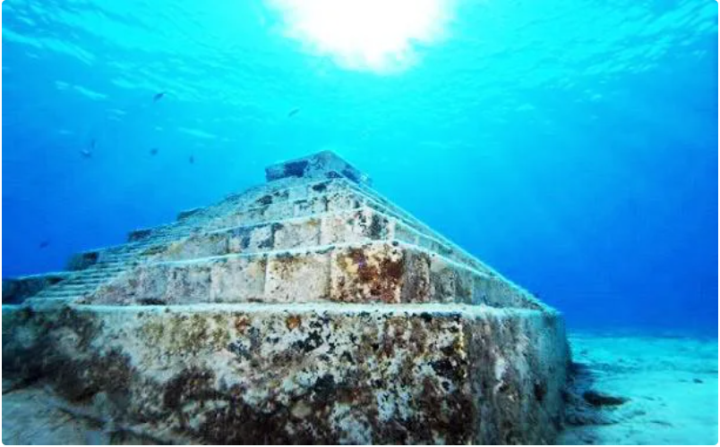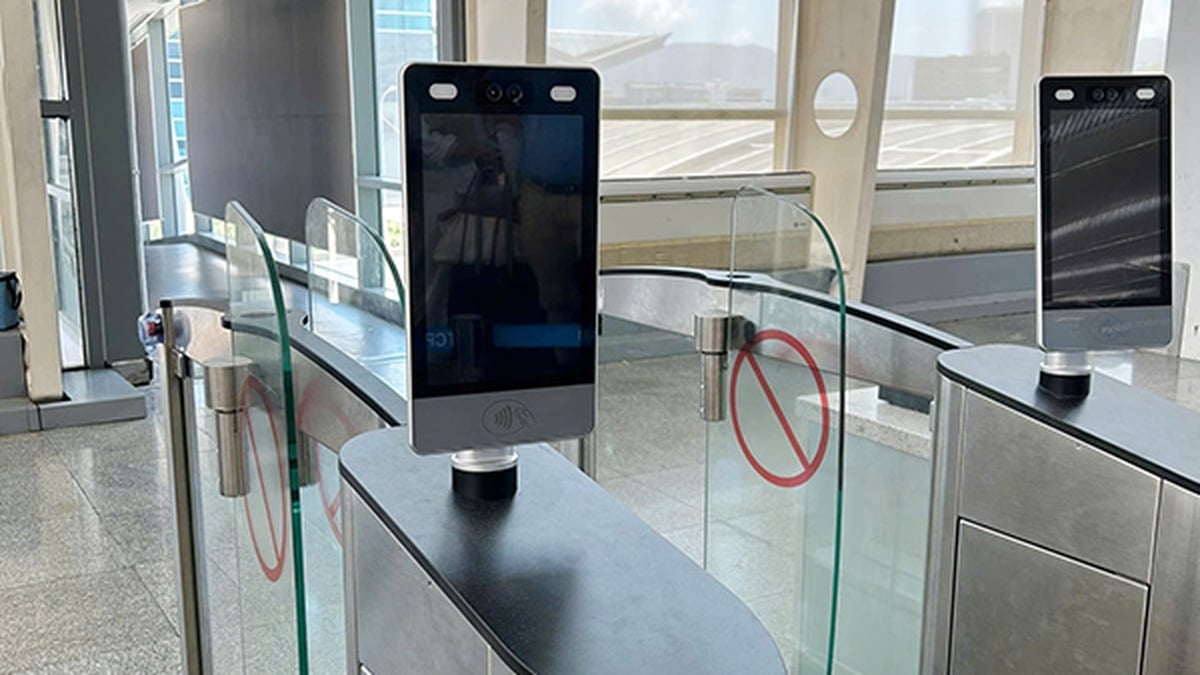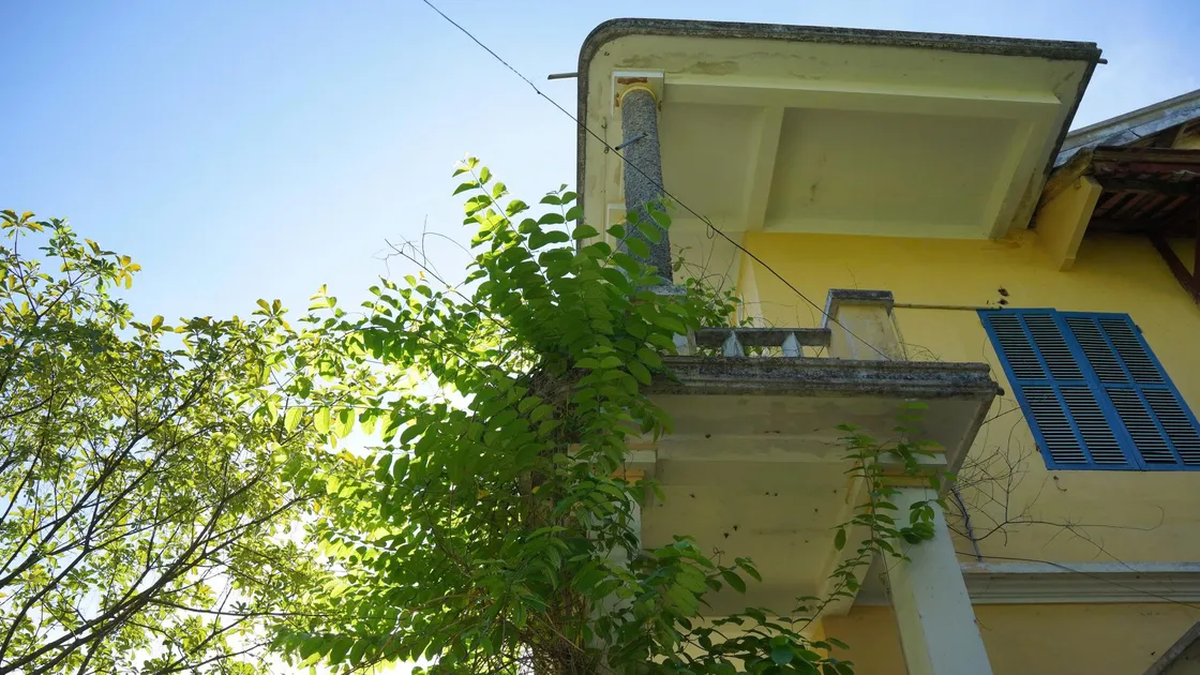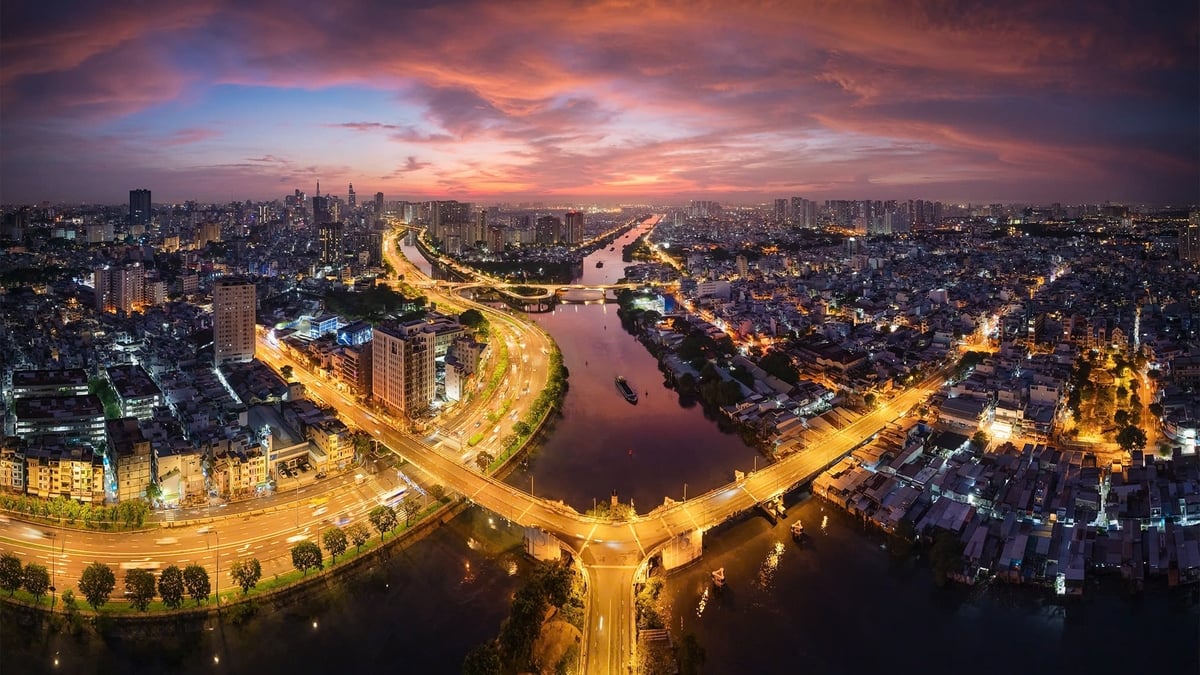In 1985, while working underwater near the island of Yonaguni Jima, a Japanese diver accidentally discovered a massive ancient stone structure. This structure is in the form of steps with carefully carved corners quite similar to pyramids. Later, it was named the Yonaguni Architectural Complex.
Scientists went to the site to investigate after receiving information. Initially, they thought that these rocks were naturally formed. However, in 1997, Masaaki Kimura, a marine geologist at the University of Ryūkyū in Japan, visited this architectural work with a team of scientists. Kimura spent many years exploring it and concluded that this structure was man-made. In addition, they also found animal characters on the stone slabs.
Japanese scientists have also come to the surprising conclusion that this is the vestige of an ancient advanced civilization, an ancient city that was sunk by an earthquake about 12,000 years ago. It is believed to have formed at the end of the Ice Age, when this area was still above sea level.

A diver accidentally found the remains of a pyramid on the seabed of Japan. (Photo: National Geographic)
In a seminar, Masaaki Kimura presented his hypothesis: “The largest structure looks like a stepped pyramid, made of monolithic stone, rising at a depth of 25 meters." However, Robert Schoch, a professor of science and mathematics at Boston University, who has dived in this area, commented: "I do not believe that any of the large structures or shapes there are artificial steps, they are all natural. They are just sandstone layers, which tend to fracture along long planes, and create very straight edges, especially in areas with many faults and seismic activities."
Some experts believe that this underwater structure could be the remains of Mu, a legendary Pacific civilization that was rumored to have been submerged by the waves.
Divers later found long roads, grand avenues, grand staircase structures, archways, and massive, precisely carved stone blocks. Ten other structures were discovered at Yonaguni, including a castle, five temple-like structures, and what appeared to be a giant stadium. Interestingly, all of these structures were connected by waterways and roads.
Scientists have not been able to explain how this monument came to be at the bottom of the Pacific Ocean . How did it disappear and what happened to all the people who lived here? This place has been the subject of controversy for more than 30 years.
Quoc Thai (Source: National Geographic)
Useful
Emotion
Creative
Unique
Wrath
Source




































































































Comment (0)